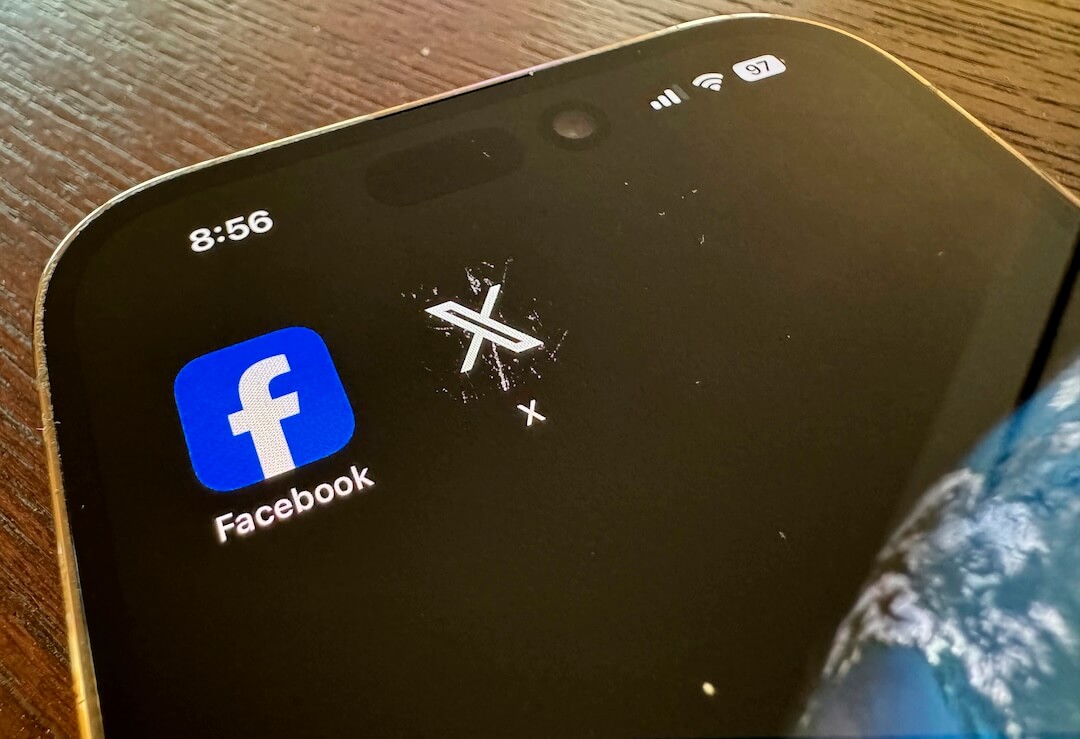Factually is a newsletter about fact-checking and misinformation from Poynter’s International Fact-Checking Network. Sign up here to receive it in your email every other Thursday.
A study that dropped last week strongly suggests “prebunking” is an effective way to counter the propaganda techniques at the center of mis- and disinformation.
Prebunk is a frequently used term used in the fact-checking space. It’s derived from debunk and means to preemptively refute expected false narratives, misinformation or manipulation techniques. As opposed to fact-checking every instance of a false claim, which many argue is impossible, prebunking seeks to inoculate the public against anticipated narratives in advance.
Researchers say fact-checking is like treating the symptoms of an illness and compared prebunking to vaccination.
The study, published by Science Advances and led by Cambridge researchers in partnership with Jigsaw — a research branch of Google — exposed millions of YouTube users to 90-second clips that explained manipulation techniques, like fearmongering, scapegoating and playing into emotions. Users subsequently completed follow-up surveys at later dates that tested their ability to determine whether a manipulation technique was implemented.
“So think about when you get a vaccine. It has a microdose of the virus. It’s not the whole virus, but it’s like a little piece of it that your body can recognize,” Beth Goldberg, head of research at Jigsaw, told the International Fact-Checking Network. “It’s the same thing in a prebunking video; we show you a little clip of the propaganda, so that you can recognize the manipulation tactics going forward.”
The five manipulation categories depicted in the videos were emotional language, incoherence, false dichotomies, scapegoating and ad-hominem attacks.
Researchers discovered:
- Users who viewed the emotional language video clips were 1.5 to 1.67 times more likely than the control group to recognize the manipulation technique in the future.
- Users who watched the false dichotomies video clips were nearly twice as likely as the control group at recognizing the technique.
- Users who watched the incoherence video were over twice as good at identifying the technique at a later date.
After watching the videos on YouTube, users’ ability to recognize manipulation techniques increased by 5% on average, according to Jigsaw.
“Our interventions make no claims about what is true or a fact, which is often disputed. They are effective for anyone who does not appreciate being manipulated,” said lead author Dr. Jon Roozenbeek, a postdoctoral fellow with the Social Decision-Making Lab at Cambridge. “The inoculation effect was consistent across liberals and conservatives. It worked for people with different levels of education, and different personality types. This is the basis of a general inoculation against misinformation.”
“We had a control group and a treatment group and could actually see whether people paid attention to our ad — and we found that this seems like a pretty useful approach overall,” said Goldberg. “The next step will be, ‘How does that affect sharing of misinformation?’ We haven’t gotten there yet. But at least we know that we’re effectively teaching people these concepts.”
Researchers also touted the scalability of the experiments.
“If anyone wants to pay for a YouTube campaign that measurably reduces susceptibility to misinformation across millions of users, they can do so, and at a miniscule cost per view,” said Roozenbeek.
Interesting fact-checks

(Shutterstock)
- Newtral: Misinformation about the ‘only yes is yes’ law: the presumption of innocence, the criminal protection of men or the false consent contract (Spanish)
- There’s a lot of misinformation going around in Spain about a recently passed sexual freedom law. And influencers on TikTok and Instagram are spreading misinformation around it. This article analyzes and refutes some of the most popular false claims that are spreading.
- USA Today: Fact check: Dealership quoted $30,000 for new hybrid car battery, but that’s unusually high (English)
- An image is circulating on multiple social media platforms showing a bill for almost $30,000 for a new battery and coolant for a Chevy Volt. The image has been shared more than 20,000 times. While many commenters questioned its veracity, USA Today contacted the dealership’s service director and found the estimate to be true. “The battery was expensive in this case because it was discontinued and had to be bought at a high cost from a third-party supplier.”
- PolitiFact: Statistics about Biden’s student loan forgiveness plan, fact-checked (English)
- A comprehensive piece addressing four claims about President Joe Biden’s student loan forgiveness plan. The authors find that the plan will cost less than $2,000 per taxpayer, despite claims to the contrary; that most of the beneficiaries of the plan are in the bottom 60% of the income bracket; that less than 87% of adults don’t have student loans, despite what the GOP Ways and Means Committee claims; and that a White House tweet was on the mark.
Quick hits

Facebook election “war room.” (AP Photo/Jeff Chiu, File)
From the news:
- The Election War Room Scam – An interesting piece about the spectacle of misinformation “war rooms” that social media companies sometimes create ahead of big-ticket elections, calling into question the effectiveness of such measures. It ponders the futility of fact-checking and quotes a Twitter thread by Mark Scott of Politico: “This is not to knock the work of all fact-checking groups out there. It is a noble aim: to debunk falsehoods. But they are understaffed, under-resourced and, increasingly, faced financial pressures to pump out as many fact-checks as possible vs making a notable difference.” The piece briefly suggests media blackouts as a potentially more effective model. (Garbage Day (Substack), Ryan Broderick)
- Mediawise, with support from Google, partnered with YouGov to survey more than 8,500 people globally. According to the survey, 62% of respondents believed they saw false or misleading information every week; and younger generations felt more confident about their ability to filter out bad information, but were also twice as likely than older generations to admit to sharing false information due to a perceived pressure to share posts quickly.
From/for the community:
- The International Fact-Checking Network announced its Fact Checker Safety Center, Communications Support and Legal Defense Fund last week. The fund gives fact-checkers facing lawsuits an opportunity for up to $40,000 in defense funding. IFCN also partnered with communication specialists to create a crisis communications playbook for fact-checkers facing targeted harassment. It is available in five languages so far.
- Africa Check’s next summit will be held in Kenya. “First-ever Africa Facts summit to be held in Kenya: The Africa Facts network resumes in-person meetings of African fact-checkers since the last meeting in Cape Town, South Africa, in 2019 with its largest ever gathering taking place in Nairobi, Kenya, from 9 to 10 November 2022.”
- For Factually subscribers who live in Florida, please join us at the Straz Center in Tampa on Tuesday, Oct. 11, for a behind-the-scenes conversation with Associated Press executive editor Julie Pace. Poynter president Neil Brown will interview Pace about a variety of topics, including AP’s mission to elevate fact-based journalism in an environment rife with mis- and disinformation. Get tickets here.
Thanks for reading. If you are a fact-checker and you’d like your work/projects/achievements highlighted in the next edition, send us an email at factually@poynter.org by next Tuesday.
Corrections? Tips? We’d love to hear from you. Email us at factually@poynter.org.








The “prebunking” study provides yet more evidence that the fact-checking community has made a mistake in ignoring the Zebra Fact Check website I started in 2013.
From the time of its startup, Zebra Fact Check used argument analysis, such as identifying fallacies, as its method of rating claims. I reasoned at the time that the method, while potentially intimidating for readers, had the potential to allow readers to learn for themselves how to avoid falling for various false claims. Examples might include PolitiFact Wisconsin’s claim that rising real wages can fail to keep up with inflation, or PolitiFact Virginia’s idea that averaging averages counts as a legitimate way to explicate a claim about the gender pay gap. Both arguments were incoherent.
Zebra Fact Check will always acknowledge a debt to the School of Thought, which publishes easy-to-understand explanations of many of the most common fallacies. The organization has also undertaken to similarly explain various human biases manipulators may use to fool us.
School of Thought dot org
Look it up.